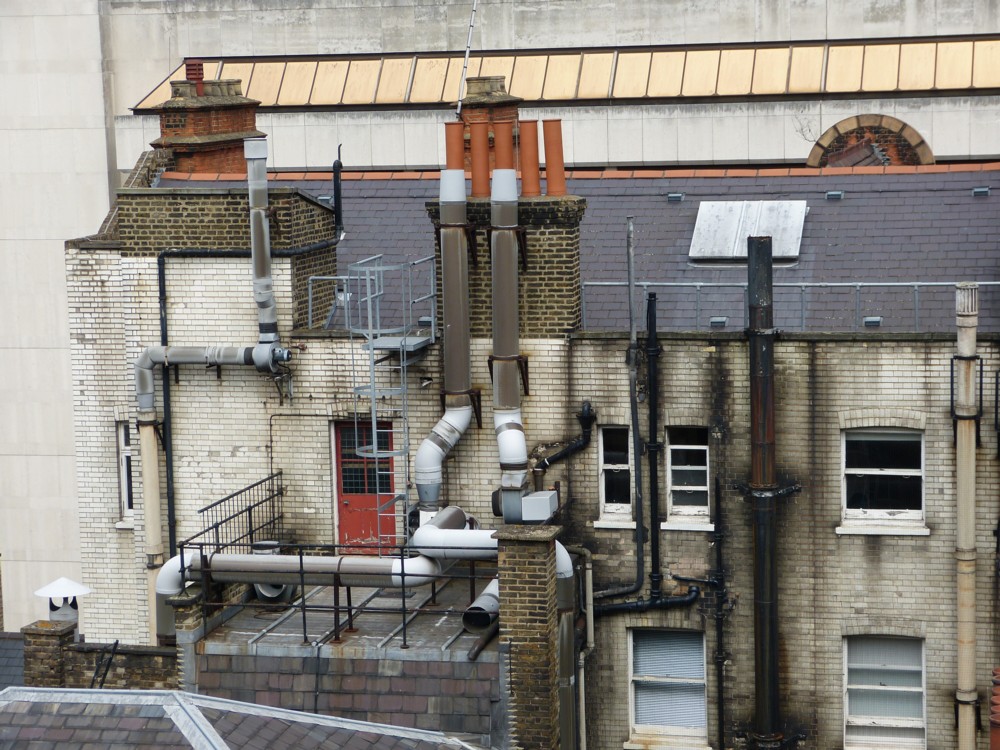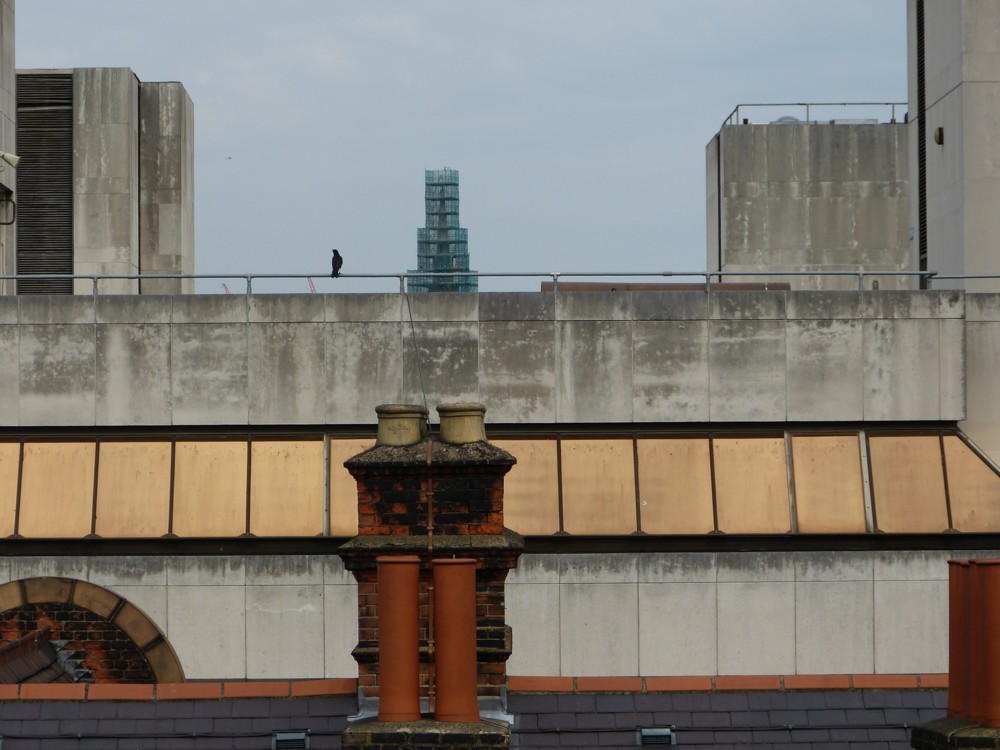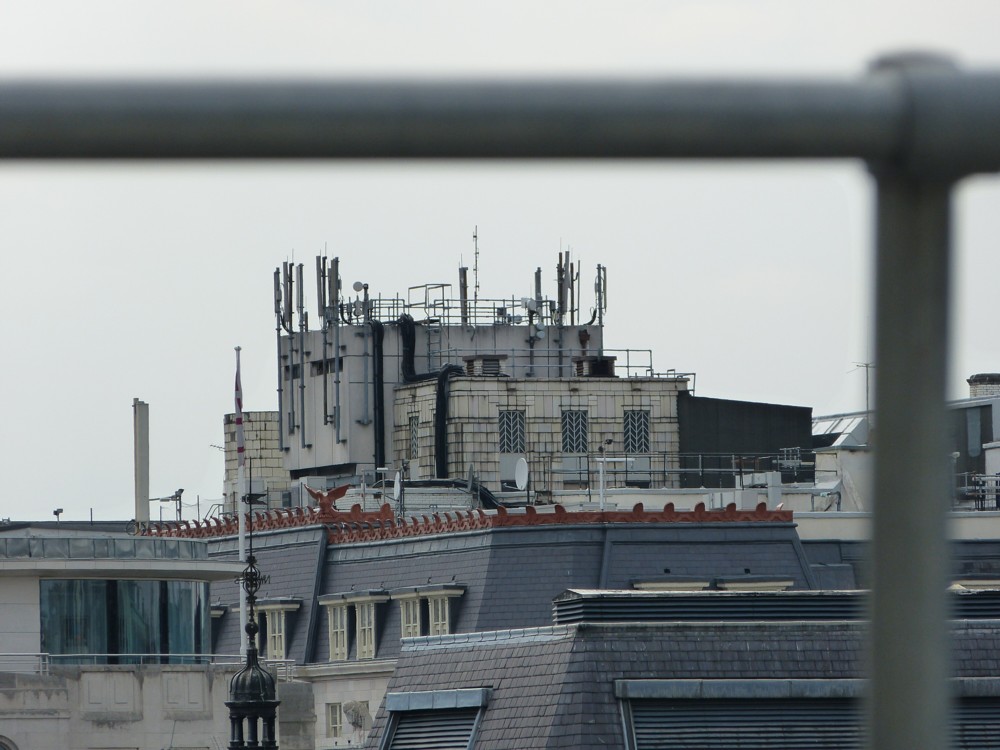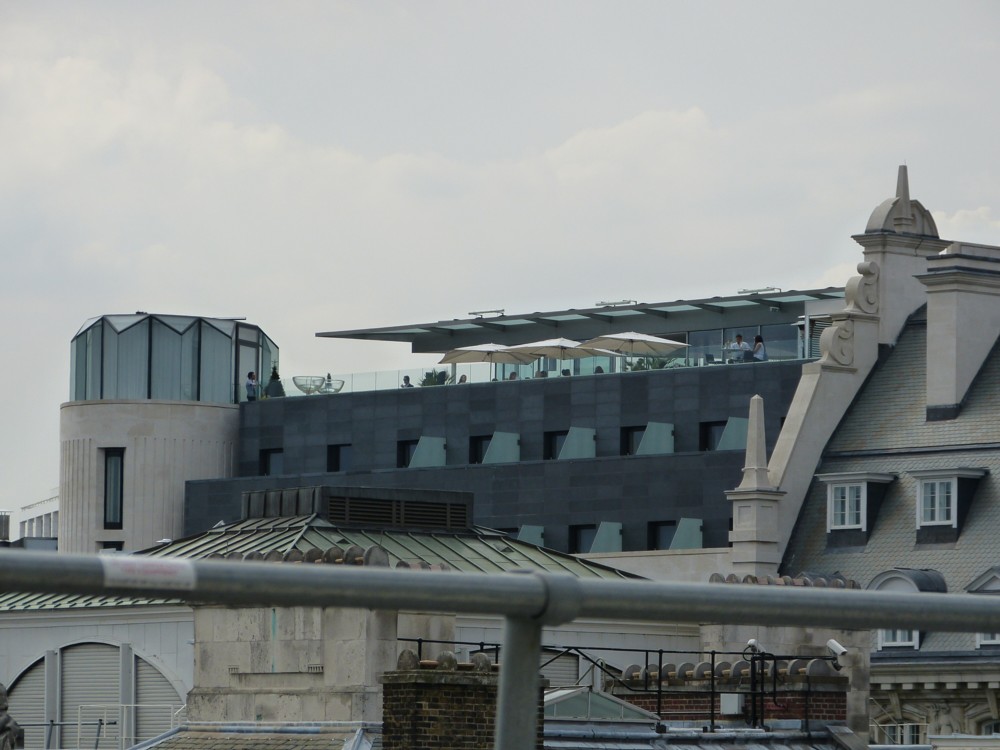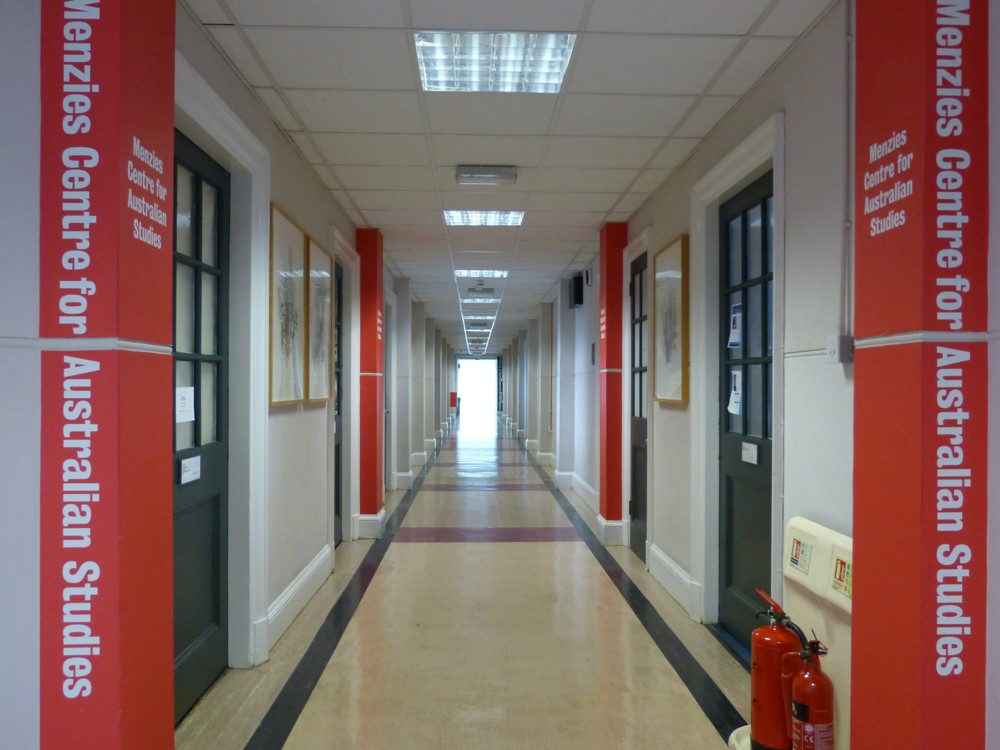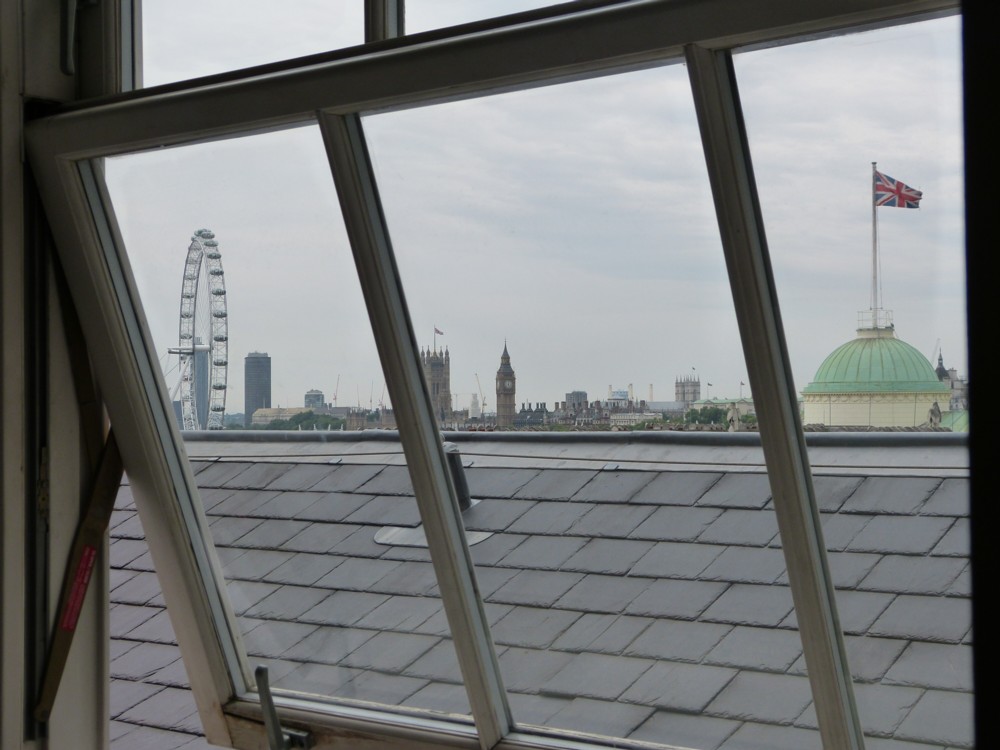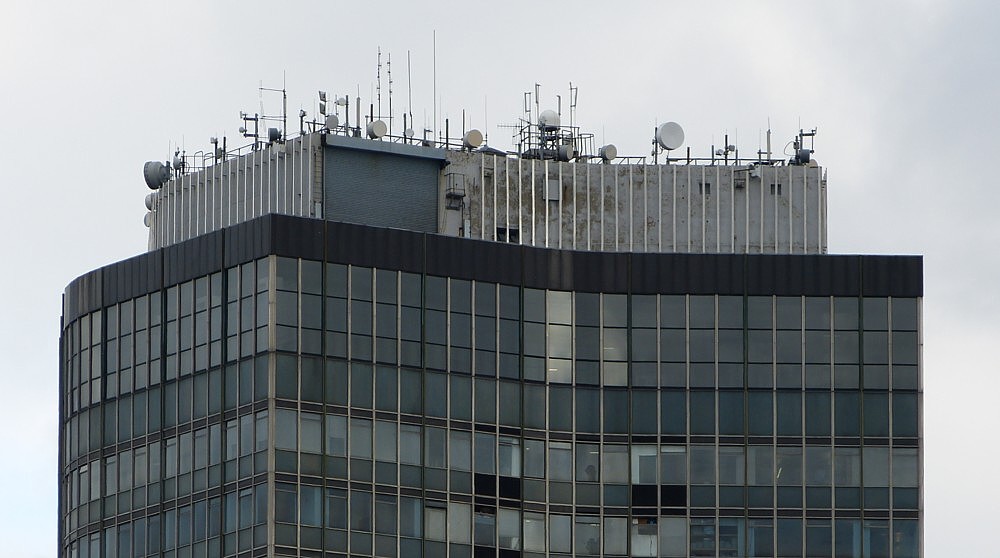There was a comment this morning from Rob Fisher (and I do love it that we finally have Samizdata author archives), on a piece I threw up on (?) Samizdata yesterday comparing 3D printing to blogging. This comment has the feel of something that ought to be a bit more than a comment. So here it is, here:
Google the Ubuntu Edge smartphone. This is a device that many people wanted, but not quite enough to raise 35 million that the company behind it say was needed to make 40,000 phones.
A large part of what made the device desirable was its physical construction. I imagine a time when people can choose from a wide library of smartphone physical designs and customise them with a choice of materials, colours and shape modifications. Those with the skills will contribute new designs to the library.
Similarly, smartphone innards are increasingly boiling down to two or three interchangeable chips. Why not select the system-on-chip you prefer; add some RAM and flash storage; and pick the screen you want? Placement of these parts is then just physical design.
So we build a one–off smartphone. The chassis may be 3D printed or cut from a metal block with some sort of robotic machinist. The circuit boards and final assembly will be robotic.
Look at how Foxconn is replacing its “slave” human labourers with robots.
So what, really, is the difference between today, when a new design for a run of 40,000 gadgets costs $35m, and my world, where a single unique device can be assembled for $800?
It’s partly logistics, which 3D printing is part of the answer to. Some entrepreneurial soul will surely eventually build the factory to solve the rest of the logistical problems.
The rest of the answer is the dispersal of the required knowledge. In the same way that making new software is largely a matter of combining libraries written previously by domain experts with a smidgen of new ideas, so the physical design of gadgets will eventually become a matter of combining standard parts with a touch of customisation.
It’s largely a software problem, too. If you imagine a Web site that lets you design your own phone in the way I have described, a lot of the problem is systematising smartphone design and putting a usable user interface on that system.
So, to make my own analogy, if the world I have just imagined of making your own gadgets is blogging, 3D printing is the web. Small, automated factories that can cheaply produce one-off items using 3D printing and robots are the Internet. And some clever software to make it easier to enter one’s designs is WordPress.
Regular Samizdata commenter Alisa called that “brilliant”, which was what made me think it ought to be immortalised.

